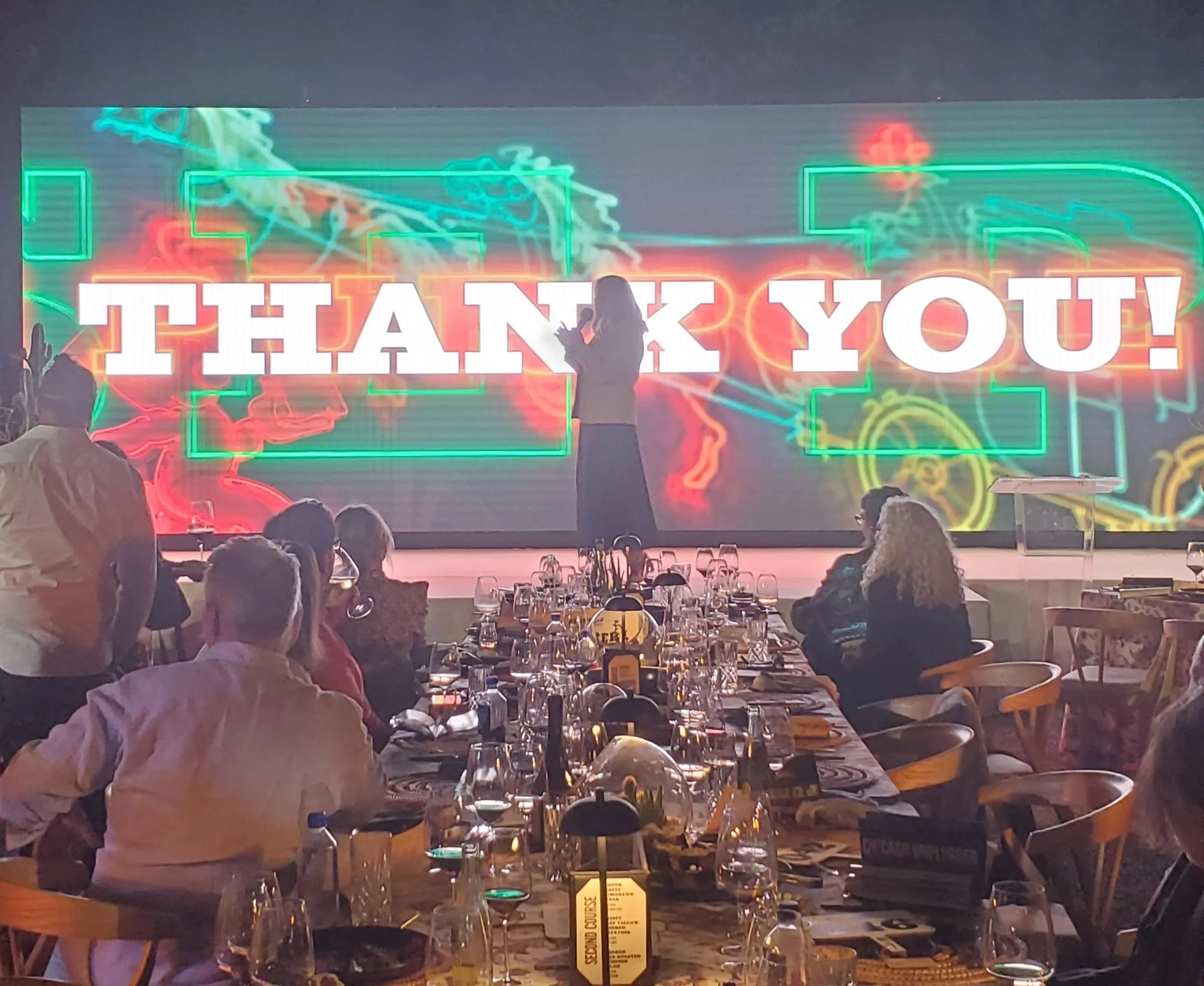The majority of the spring fundraising season was complete before either party had finalized its candidate. We didn’t see events suffer negative impacts that we could attribute to directly the presidential campaign. But now that the candidates are set, the conventions are over and the fur is starting to fly, how will the election impact events in the fall?
The commonly held “wisdom” is that charitable fundraising falters in an election year, for a variety of reasons. The predominant theories being that donors give to campaigns instead of charities, or donors are scared away by uncertainty or fear. A recently released study by Blackbaud sheds interesting light on both of these theories.
The report is based on data from the 2012 election, and focused on 143 national 501(c)(3) organizations. Blackbaud found that donors who contributed to political campaigns also increased their 2012 charitable contributions 0.9% compared to the previous year. Donors who were engaged in the political process increased their donations to charities.
Donors who did not make a political contribution in 2012, however, gave 2.1% less to charitable causes than in 2011. Donors who were not engaged in the political process decreased their donations to charities.
Charitable fundraising as a whole was up 1.7% in 2012, but mainly because contributions to religious organizations was up 6.1% and contributions to education was up 1.6%. If you take those two categories out of the mix, charitable giving as a whole was down 1.7%. Individuals donated an estimated $258.51 billion to charitable organizations in 2014 (results for 2015 have not yet been reported). So a 1.7% swing at that level could wipe out numerous organizations. Unless you were a school or a church, your category of charity saw a decline in charitable giving during the last presidential election.
Blackbaud doesn’t offer any deeper insight into their numbers, but we can draw a few conclusions. Obviously, unless you are a religious organization or a school, you are going to have to work harder to make the same amount of money as you did last year.
If your support base is energized by this election, it is a good sign for your event. People who are engaged in the process are more likely to engage with your cause. I would theorize that this is because people who engage in the political process believe in it and believe that they can make a difference in the process; and then that “actionable optimism” carries over to their charitable beliefs.
According to the statistics, the potential problem for charities is the donors who are not contributing to politics at all this year – because they’ll be contributing less to charity as well. There is a lot of fear, uncertainty and doubt surrounding this election, and it is easy to imagine people cocooning until Thanksgiving. If your donor base buries their collective head in the sand, you and your clients will wind up paying the price. But only if you can’t effectively communicate you and your clients’ needs.
It always comes back to messaging, communication, and conversations: Establish why you are asking for money and empower people to help change the world by supporting your cause. You always have to compete with a lot of external noise to get the attention of your donors. This year that noise is much louder than usual, and you’ll have to work harder than usual to make your case.
Cultivation is a conversation, not a one-off ask that happens only at your event. Engage your donors. If you are worried about the election, discuss it with them. Work with your biggest supporters to formulate strategies specifically for your donor base. Engage, engage, engage. This year and every year.
Statistically speaking, the election is bound to have little impact on your event. But from a practical standpoint, it is best to assume the election will impact your donors, and then work hard to make sure it doesn’t.













